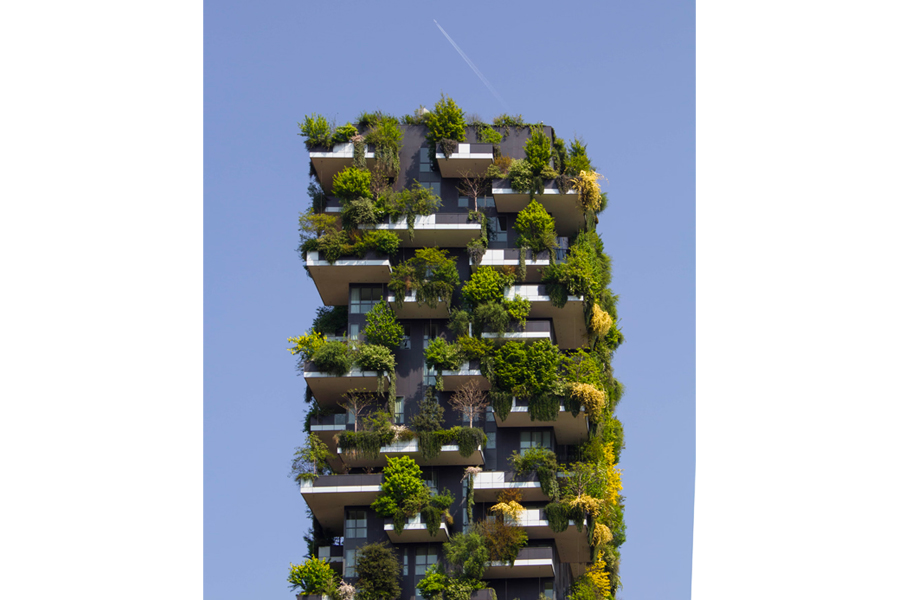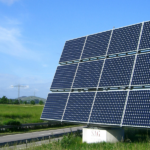
Eco-Resilience: Nurturing Sustainable Facilities Management Practices
Introduction
In the pursuit of environmental sustainability, facilities management company emerge as pivotal players in shaping a resilient and eco-conscious future. This article delves into the concept of Eco-Resilience, exploring ten sustainable practices that facilities management can adopt to enhance resilience, reduce ecological impact, and foster a harmonious coexistence between the built environment and the natural world.
1. Resilient Design Principles: Building for Longevity and Adaptability
Resilient design involves creating structures that can withstand changing environmental conditions. This section explores how facilities management can adopt design principles that prioritize longevity, adaptability, and the use of durable, low-maintenance materials, thereby reducing the need for frequent renovations and minimizing ecological impact.
2. Biodiversity Enhancement: Creating Habitats within Workspaces
Facilities management can contribute to biodiversity by integrating green spaces, planting native flora, and incorporating wildlife-friendly elements into the built environment. This section discusses how fostering biodiversity within and around facilities promotes ecological balance and resilience in the face of environmental challenges.
3. Disaster Preparedness and Recovery: Integrating Sustainable Practices
Sustainable facilities management extends to disaster preparedness and recovery. This section explores how companies can implement green strategies to minimize the environmental impact of disasters, such as flooding or wildfires, and contribute to the resilience of both the facility and the surrounding ecosystem.
4. Climate-Responsive Technologies: Adapting to Changing Conditions
As climate change presents new challenges, facilities management must adapt. This section discusses how the integration of climate-responsive technologies, such as smart HVAC systems and advanced weather monitoring, can enhance energy efficiency and operational resilience in the face of evolving environmental conditions.
5. Green Infrastructure Implementation: Nature as a Functional Element
Green infrastructure involves integrating natural elements into the built environment to provide ecological services. This section explores how facilities management can adopt green roofs, permeable surfaces, and sustainable drainage systems to manage stormwater, reduce heat island effects, and enhance overall resilience.
6. Adaptive Energy Management: Optimizing in Real-Time
Eco-Resilience demands adaptive energy management. This section explores how facilities management can implement real-time monitoring systems, artificial intelligence, and smart grids to optimize energy consumption, reduce waste, and enhance overall energy resilience in response to fluctuating environmental conditions.
7. Sustainable Mobility Hubs: Transforming Transportation Practices
Transportation is a significant contributor to environmental impact. Facilities management can promote sustainable mobility hubs, incorporating electric vehicle charging stations, bike-sharing programs, and public transportation integration. This section outlines how these initiatives contribute to reduced carbon emissions and increased overall transportation resilience.
8. Nature-Inspired Innovation: Biomimicry in Facilities Management
Biomimicry involves drawing inspiration from nature to solve human challenges. Facilities management can embrace this approach to design and operations, creating more sustainable and resilient solutions. This section explores how biomimicry can inform practices such as energy efficiency, waste reduction, and building design.
9. Circular Economy Practices: Closing Resource Loops for Sustainability
The Circular Economy model is a key component of Eco-Resilience. Facilities management can adopt practices such as material recycling, product refurbishment, and remanufacturing to reduce resource consumption and minimize waste. This section discusses how circular economy principles contribute to overall environmental and operational resilience.
10. Community Engagement and Education: Strengthening Resilience Together
Building Eco-Resilience requires community involvement. This section explores how facilities management companies can engage with the local community, fostering awareness, and providing education on sustainable practices. Collaborative efforts strengthen the overall resilience of both the facility and its surrounding ecosystem.
Conclusion
Eco-Resilience represents a holistic approach to sustainable facilities management that goes beyond immediate environmental impact. By adopting these ten sustainable practices, facilities management companies can contribute to the creation of resilient ecosystems, minimize their ecological footprint, and build a legacy of environmental stewardship. The path to Eco-Resilience is not just a journey of sustainable practices; it is a commitment to the enduring health and harmony of our planet.

















